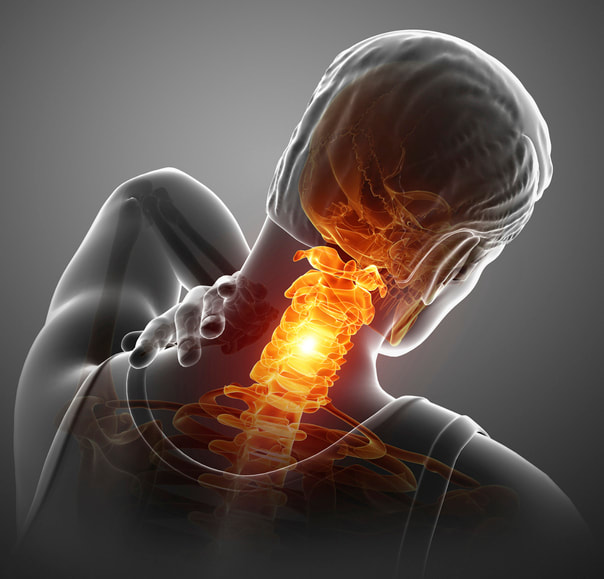|
Most people seeking physical therapy intervention need to build motor control, muscular strength, or muscular endurance to alleviate their pain and help them do the things they want to do. Most likely, they need to build some combination of the three. It is important, however, to build motor control before increasing exercise intensity so that the muscles are trained correctly. Motor control is the ability to recruit the right muscles at the right time to carry out a specific movement. Good motor control is sometimes referred to as "muscle memory." For example, playing a song on guitar requires motor control to play the right chords and coordinate the fret hand with the strumming hand. As practice continues, the player learns to move the fingers without moving the whole arm so the movement becomes faster and more efficient. Eventually, if practice continues, the player will be able to play chords even without looking at their fingers. That's motor control, baby! Practice it enough times and the body knows what to do. The brain-to-muscle interaction can be imagined like this: The first time through a new movement many muscles are recruited even when they aren't needed. As the body learns what is expected, it becomes more efficient at recruiting only the necessary muscles to move, making the movement faster and more energy efficient. Now take someone with a forward head position and chronic neck pain exacerbated with picking up objects from the floor (groceries, their wiggly pug, their 20 lb. grandchild). This movement also requires motor control. The right muscles must be recruited at the right time to stabilize the neck on top of the shoulders and make the movement happen! When picking up that heavy object/precious child, the neck needs to be stabilized FIRST and then the big, powerful glutes and quads can do the lifting instead of the smaller back muscles and instead of adding torque to the neck. Neck stabilization can be practiced over and over doing really simple exercises, even while lying down, to build motor control to the neck stabilizers before any actual weight needs to be added to the training. Motor control is practiced in many different ways, but the key is simple, consistent practice until the movement comes naturally. Once the motor pattern is established, the movements can become more complex and resistance added to increase strength.
Consistency is key when it comes to control. Short, frequent practice sessions are important; practice 5 min/day 5 days/week is better than one 25 minute practice session per week. That's because the body learns a little during each session and there should be carry-over from day-to-day; the exercise becomes easier to execute and requires less concentration. Less thought is required as the "muscle memory" develops and strengthens. Motor control is the base on which strength and endurance are built for safe and effective body movement.
0 Comments
Your comment will be posted after it is approved.
Leave a Reply. |
Our BlogRead here for more information about our practice, industry news, tips for taking care of your body, and great recipes for healthy living. Categories
All
|



 RSS Feed
RSS Feed